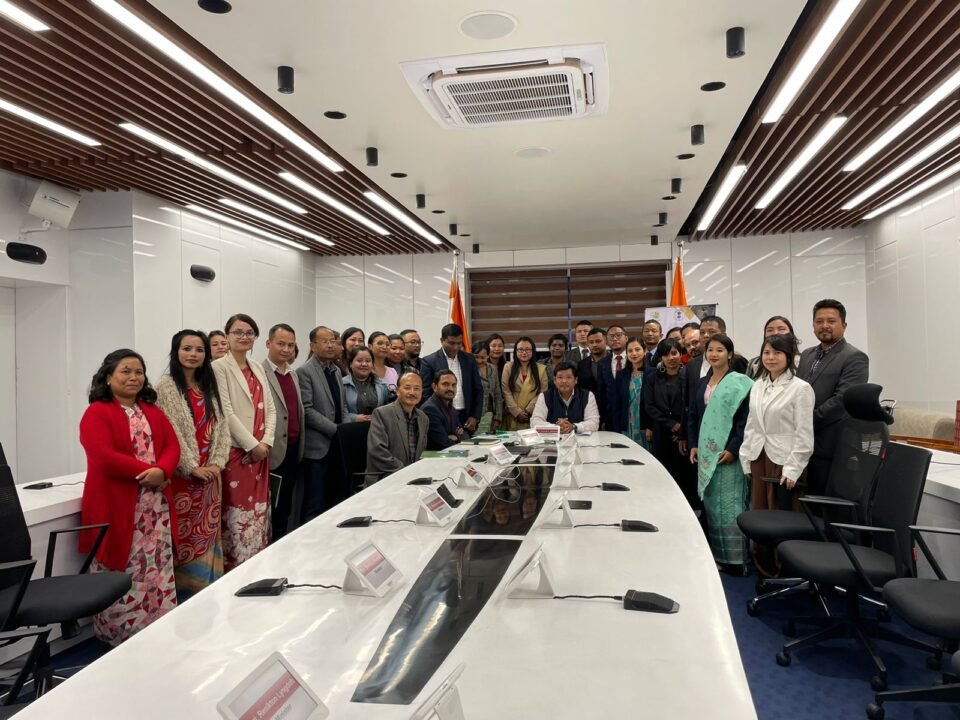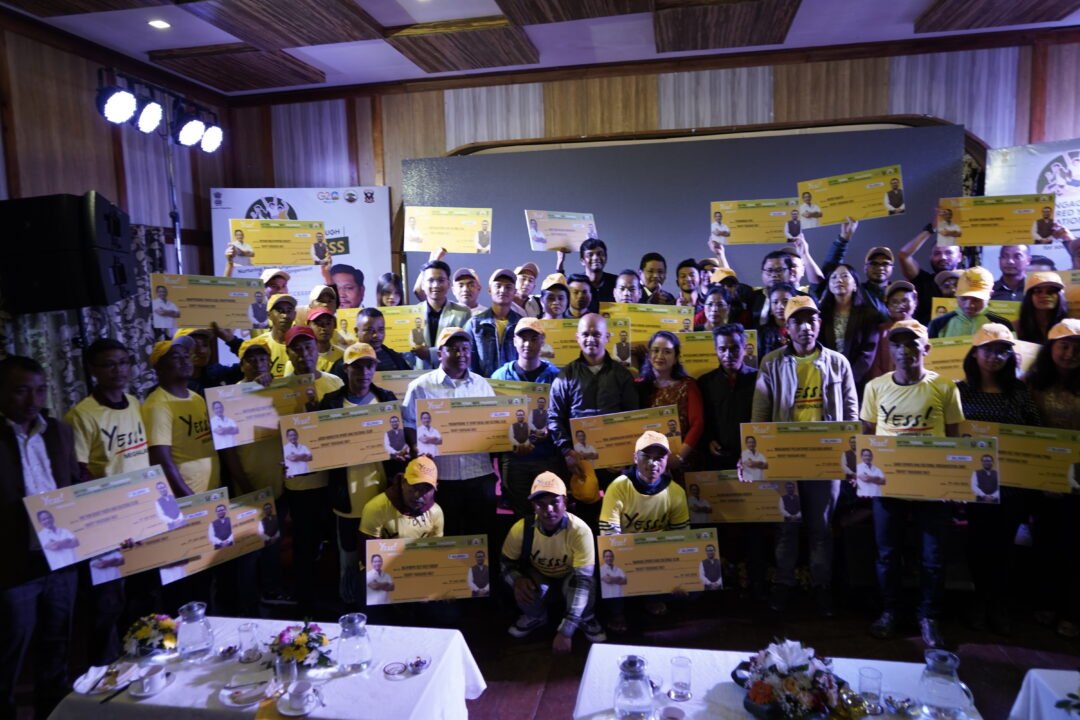HT Bureau
Shillong, Nov 2: Meghalaya chief minister Conrad K. Sangma recently launched the Rural Development 3.0 vision document during the valedictory function of the two-week long training programme of the Junior Rural Development Officers (JRDOs). The Rural Development 3.0 Vision Document has been initiated with the objective to go beyond the existing initiatives under Rural Development 2.0 and extend the efforts in shaping the State’s rural economy to be self-sufficient, resilient and future oriented.
Speaking at the occasion as the chief guest, the chief minister deemed this development as a massive revolution that will enhance collaboration and inter-departmental convergence in the interest of community and rural development. Emphasising on the role of the newly recruited JRDOs who completed phase 1 of their training, the CM said that this is an important step taken by the State to set up a dedicated cadre to cater to several rural needs of the State. He added that reinvigorating rural development in different villages across the State can generate off-farm income opportunities, reduce vulnerability, and narrow the urban-rural income disparity. In his address to the JRDOs, the CM emphasised that the ultimate goal should be to help the people of the State, while working diligently towards achieving targets and a greater goal, which is improving the last mile service delivery.
Delivering his keynote address, Sampath Kumar, principal secretary, Community & Rural Development Department said that the vision document for Rural Development 3.0 is a first-of-its-kind initiative in the State which lays out significant goals across 4 core dimensions- economy, human development, environment and local governance. He said that the Government is addressing systemic challenges to rural development by adopting a holistic approach that focuses not only on upscaling uptake of existing schemes such as MGNREGA and NRLM, but more so, by creating an enabling environment by strengthening communities, especially the women’s collectives, that would ensure sustainability of developmental activities. In line with attainment of the laid down goals, he stated that the recruitment process of the JRDOs has been rigorous and well ensured to achieve the desired goals, as laid down in the vision document.
It may be noted that Meghalaya is using the principles of State Capability Enhancement Project (SCEP) to operationalise the vision of RD 3.0. A key guiding principle of SCEP is facilitating collaborative and local problem-solving, and, in the process, building systems that are more responsive to development needs and can support a long-term, sustained transformation of the State.







